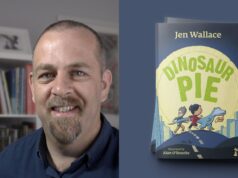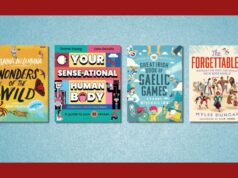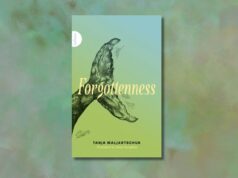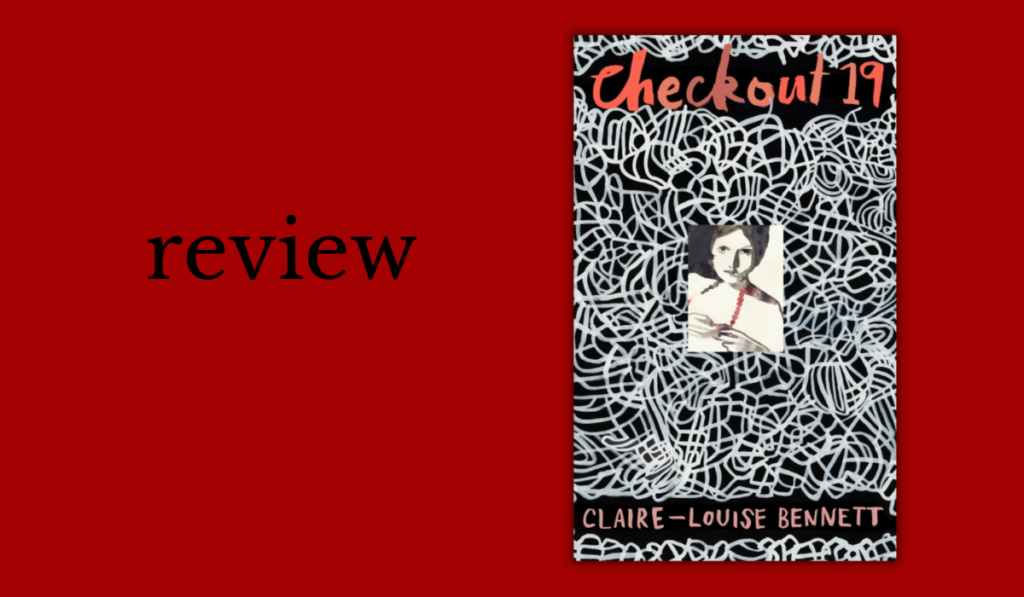
Checkout 19|Claire-Louise Bennett|Jonathan Cape|ISBN: 9781787333543|£14.99
“…whatever Checkout 19 is, it is one of the most unforgettable, uncompromising pieces of writing to appear this year.”—Eoghan Smith examines the astonishing new work by Claire-Louise Bennett.
Conversations about Claire-Louise Bennett’s first book, Pond, frequently turn to the question of how to categorise that extraordinary work: is it a novel, a short story collection, a series of vignettes, or a single coherent story?
The same might be said of her latest book, Checkout 19. From a certain perspective, it could be classified as a partial bildungsroman in seven chapters, or more loosely, seven fragmented sketches from a young English woman’s life. Neither of these, however, satisfy the array of genres, voices, styles and registers here, even within the chapters/sections. Perhaps it could be better called a work of autofiction, a fictionalised portion of the author’s own life, that traverses, because it must, the capricious ground of a remembered life in intellectual, psychological and emotional development.
In places, it is literary criticism; elsewhere, it is an artist’s reflection on their writing process. For a good deal of the book, it is an index of the narrator’s reading history. But whatever Checkout 19 is, it is one of the most unforgettable, uncompromising pieces of writing to appear this year.
Checkout 19’s own answer to the question of how to categorise it is not so much answerable – though critics will probably continue to try – as rendered pointless, even obliterated. This is the mark of a writer truly touched by greatness: Bennett’s work is presented and succeeds utterly on its own terms.
Narrative wildness
In this sense, Checkout 19 appears to us aesthetically self-contained. Yet it also retains a narrative wildness that is distinctive of Bennett’s writing. Focusing on the formative late school and university years of a young, bookish, introverted woman, the decentred narrative voice shifts from ‘she’ to ‘I’ to ‘you’ and to ‘we’.
There are concrete things we learn about her: her love of reading; her need for solitude which she both dreads and desires and which can be both self-destructive and necessary; her travels around Europe; some failed and fleeting relationships, and a deep, unspecified relationship in college with an over-confident young man named Dale.
She is highly intelligent and prone to insecurity, loneliness and melancholy. As a compulsive reader of literature, she is opinionated. Yet, these are all the outward manifestations of an unfixable self that is constantly being transformed. We are offered this metaphor, in which the narrator is talking about the Paul Bowles book, Let it Come Down:
“…as I go along reading it again I’ll underline sentences here and there once more, but they won’t be the same sentences – it’s very likely that the sentences I’ll underline in the future will be different from the sentence I underlined in the past…you don’t ever step into the same book twice.”
Inward eye
Things cannot be pinned down, of course, especially the accordance of memory with reality. At times the narrator’s memory can be very clear, even Proustian; other times it is less so, and it leads to darkness and unknowing. She oscillates, for instance, between recalling precise details of books she has read and forgetting the details, even the author’s name—she can’t remember who wrote Heart of Darkness. Her memory of reading a passage of E.M. Forster is different to when she re-reads it: doubts start to creep in, she starts to read the passage more slowly, and then hurries through, ‘unable to stand the disquietude any longer’. This tells us much about the narrator’s personality.
For lengthy sections of the book, what is foregrounded is not the narrator’s life, but her reading, through which material aspects of her family and home life emerge haphazardly. Our eye is rather constantly turned inward, to the integration and disintegration of her personality.
Paean to the imagination
Bennett’s narrator piles thoughts upon thoughts, all of which are cogently and sequentially mapped on to one another, but collectively lead the reader into deeply unexpected, and frequently dark, territory. An apparently innocuous sentence about wanting to read books about the lives and habits of men triggers the thought that in contrast to men, for the narrator, ‘women were sort of ghostly and set her on edge’, which in turn leads to an extended, sumptuously anguished recollection about her mother.
The direction of the narrative is exemplary of Bennett’s skill in leading the reader into the sudden, unanticipated exposure of character.
She is also a specialist in the meticulous charting of dissonance between individuals just when it seemed that there is going to be a meeting of minds – particularly between men and women. Sometimes we are firmly in the terrain of realism with Bennett, only for the narrative to swoop us, though not incongruously, into a piece of surrealist fantasia.
The effect of all this is that the reader is simultaneously learning and unlearning at the same time; every sentence has the quality of being as much as surprise as it is logical. In this sense the novel (let us call it that) is a paean to the imagination, warts and all.
Reading
Checkout 19 is foremost a book about books, and most obviously, a book about reading. Throughout, we are offered a catalogue of the works the narrator has read (though we suspect this is only a fragment of her reading) and the authors that have made the most impression on her.
As a literary critic, she is unafraid to state her preferences in sardonic, pinpoint wit.
She hates Henry Miller, for instance, for his ‘bombastically vulgar language’; e.e. cummings’ lowercase gimmickry is ‘phony’. She has deep admiration for Anais Nin and especially Ann Quin. There is a genuine trajectory to this reading, as she tells us that at a certain point she gave up reading men and began to read more women, though not as a deliberate act or political statement, but as an organic development.
In one sense, this reveals a process of disillusionment, which culminates later in an ugly and traumatic sexual experience. In another, it is less of a process than a revelation of a character that is already in existence. For the reading of books, which is still buried deep in the collective unconsciousness of humanities departments as an always edifying event, is instead nuanced in Checkout 19: rather than teaching her how she should be, reading enables the narrator to discover who she really is.
Through her reading, her character is as much revealed as it is formed. It is through reading, we are told, that we ‘come to life’.
Writing
Along with reading, Checkout 19 explores how writing and life are entangled: the distinction between author and character, between fact and fiction is blurred. The novel also glories in the possibilities of language and the terrifying number of tools available to the writer.
The prose – sometimes unpunctuated stream-of-conscious, sometime exacting and spare – is always sparkling, judicious, gorgeous.
No apology is offered by Bennett for mining the breadth and depth of her lexicon. This is never showy. The final chapters of Checkout 19, in which some key plot points are advanced to their irreversible, harrowing, sorrowful conclusion, most notably the relationship with her friend/boyfriend Dale, are a beautiful exhibition of Bennett’s marvellous talent for impactful storytelling.
Upon closing these final pages, the reader is left with the sense that something momentous has happened, that a life has simultaneously been left behind and is waiting to be reborn, and that everything and nothing has been concluded.
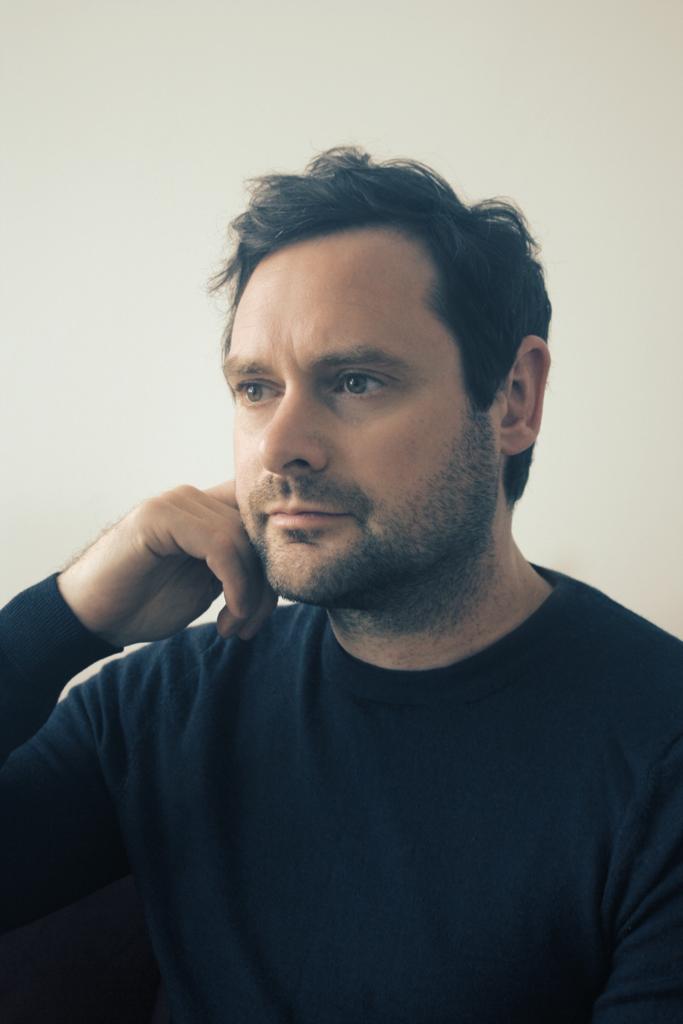
Eoghan Smith is the author of The Failing Heart (Dedalus 2018). His second novel, A Provincial Death, will be published by Dedalus autumn 2021.









